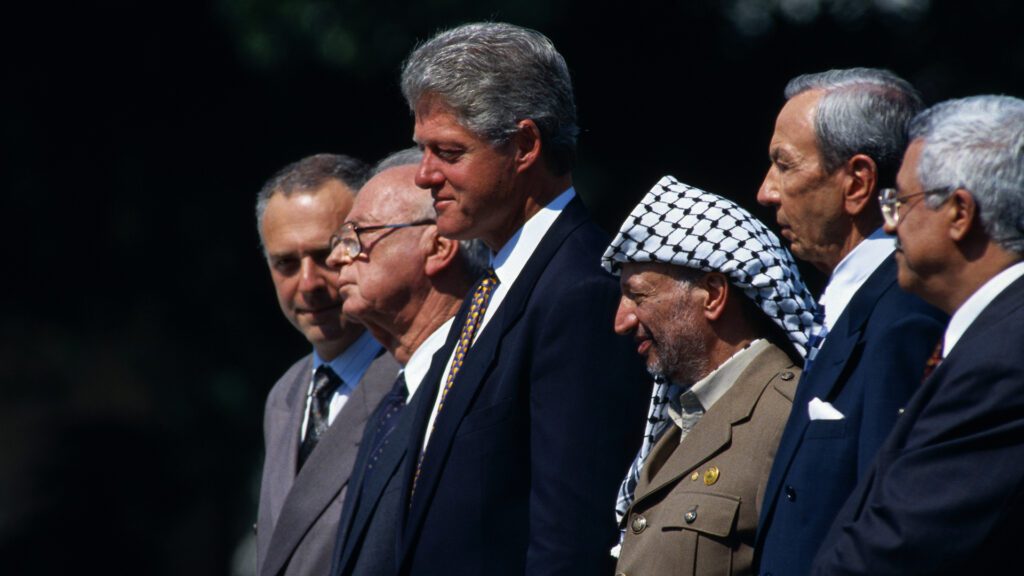The Israeli-Palestinian Conflict has been a longstanding struggle between two peoples with competing national identities and claims to the land of historic Palestine. The conflict dates back to the late 19th and early 20th centuries, with the emergence of Jewish and Arab national movements in the region. It has been characterized by violence, war, occupation, and intermittent attempts at peace. Despite ongoing challenges and setbacks, there remains hope for a peaceful resolution. Both Israelis and Palestinians must recognize each other’s national aspirations and rights, and work towards a just and lasting solution with the support of the international community. Only through dialogue, mutual respect, and a commitment to peace can this conflict be resolved once and for all.
The Israeli-Palestinian Conflict: A Decades-Long Struggle for Peace
Introduction
The Israeli-Palestinian conflict is a complex and longstanding struggle between two peoples with competing national identities and claims to the land of historic Palestine. The conflict has its roots in the late 19th and early 20th centuries, when Jewish and Arab national movements emerged in the region. The struggle has been characterized by violence, war, occupation, and intermittent attempts at peace.
Background
The story of the Israeli-Palestinian conflict begins with the Zionist movement, which sought to establish a Jewish homeland in historic Palestine. In 1948, the State of Israel was established, leading to the displacement of hundreds of thousands of Palestinians who became refugees. This event, known as the Nakba (catastrophe), continues to shape Palestinian national identity and aspirations.
Occupation and Intifadas
In 1967, Israel occupied the West Bank, Gaza Strip, and East Jerusalem in the Six-Day War. The occupation has been marked by military rule, settlements, and restrictions on Palestinian movement and rights. In response, Palestinians have engaged in popular uprisings, known as intifadas, in 1987-1993 and 2000-2005, seeking to end the occupation and achieve independence.
Peace Process
Since the early 1990s, there have been several attempts to negotiate a peaceful resolution to the conflict. The Oslo Accords of 1993 laid the groundwork for a two-state solution, with Israel and a Palestinian state living side by side in peace and security. However, the peace process has been marked by setbacks, including continued violence, settlement expansion, and a lack of trust between the parties.
Current Situation
Today, the Israeli-Palestinian conflict remains unresolved, with ongoing violence and tensions in Jerusalem, the West Bank, and Gaza. The political leadership on both sides is weak, and there is growing skepticism about the viability of a two-state solution. The United States and other international actors continue to play a role in trying to broker peace, but the prospects for a comprehensive agreement remain uncertain.
The Way Forward
Despite the challenges, there are still opportunities for peace in the Israeli-Palestinian conflict. Both Israelis and Palestinians must recognize each other’s national aspirations and rights, and work towards a just and lasting resolution to the conflict. This will require compromise, courage, and leadership from both sides, as well as support from the international community. Only through dialogue, mutual respect, and a commitment to peace can the Israeli-Palestinian conflict be resolved once and for all.
In conclusion, the Israeli-Palestinian conflict is a decades-long struggle for peace and justice in the Middle East. It is a complex and multifaceted issue that requires a comprehensive and inclusive approach to resolve. With a renewed commitment to dialogue and diplomacy, there is hope for a better future for both Israelis and Palestinians, living in peace and security in their respective states.
